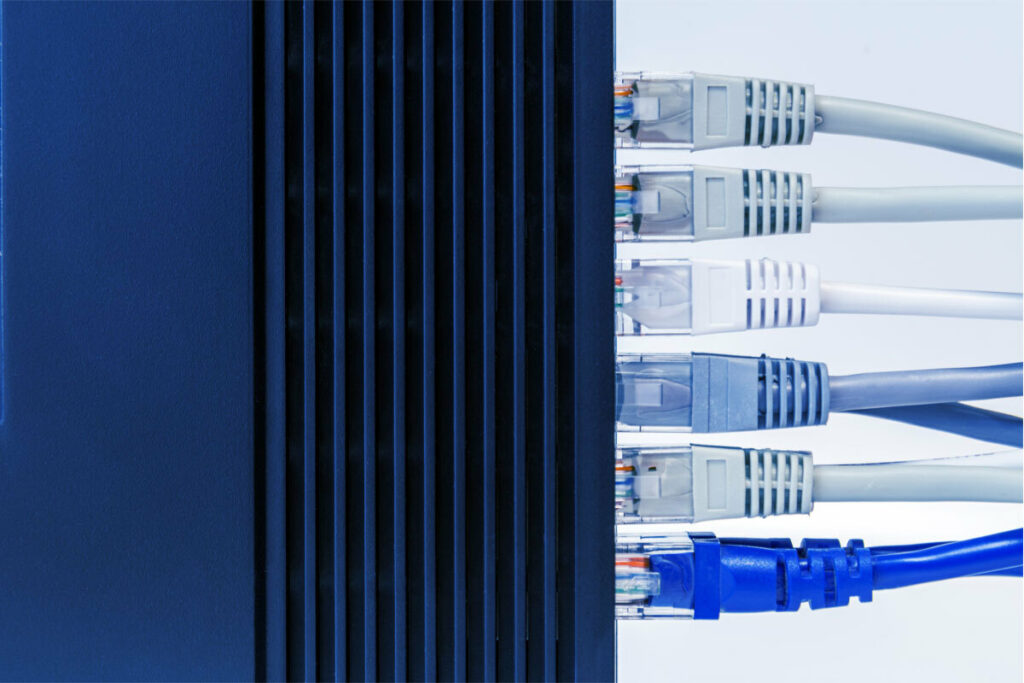A patch cable is a type of Ethernet cable that connects network devices, such as computers, routers, switches, and servers, to a local area network (LAN) or wide area network (WAN). The quality of the patch cable can affect the speed, reliability, and security of the network connection.
Here are some factors to consider when choosing the quality of network patch cables:
- Bandwidth and Speed: High-quality patch cables are designed to provide maximum bandwidth and speed for data transfer, ensuring that data moves between devices as quickly and efficiently as possible.
- Durability: Patch cables undergo constant handling, plugging, and unplugging, and they can be prone to wear and tear. High-quality patch cables are made of high-quality materials that are resistant to damage and can last longer.
- Shielding: Network cables can be affected by electromagnetic interference (EMI) and radio frequency interference (RFI), which can cause data loss and corruption. Shielded patch cables protect against these interferences, ensuring a stable and reliable connection.
- Connector quality: The connectors on patch cables should fit snugly and securely into the ports of the devices they are connecting. High-quality connectors ensure a good, stable connection and reduce the risk of accidental disconnection.
- Standards compliance: Finally, it’s important to ensure that the patch cables comply with industry standards, such as the TIA/EIA-568 standard for Ethernet cabling, to ensure optimal performance.
In summary, investing in high-quality network patch cables can help ensure a reliable, fast, and secure network connection.

